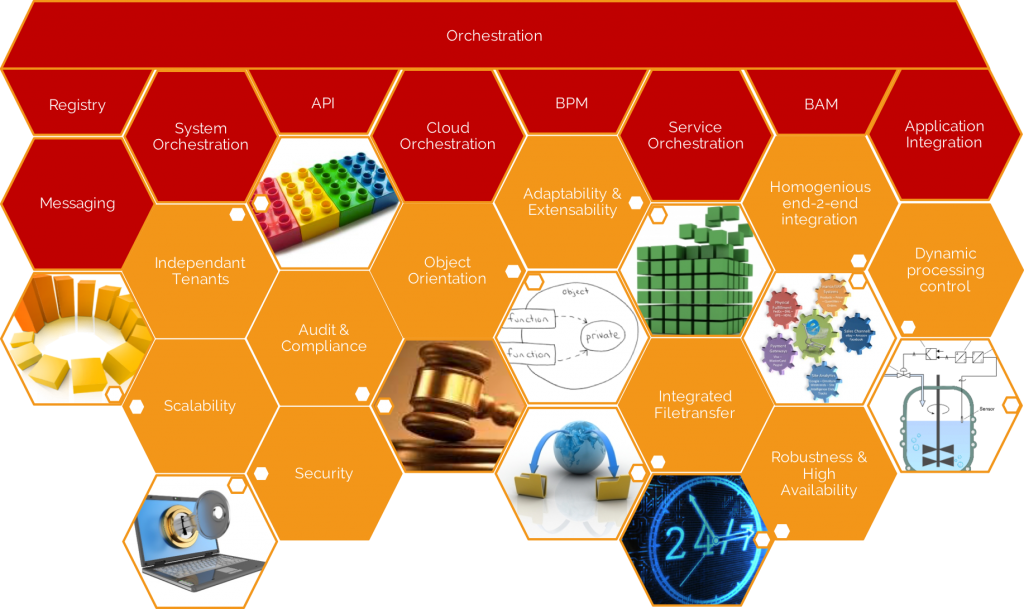From Automation to Orchestration

From Automation to Orchestration
This post is part of the "Automation-Orchestration" architecture series. Posts of this series together comprise a whitepaper on Automation and Orchestration for Innovative IT-aaS Architectures.
In some cases, choosing an appropriate IT automation solution comes down to a matter of business dependency, migration efficiency, or simply vendor relationship and trust. Many times, these criteria alone might provide enough information to make a solid buying decision.
However, to make the best decision for an organization, examining prospective automation solutions more closely could be an option. A key consideration are the solutions’ architectural patterns, which should be assessed through well-planned proof of concept testing or a detailed evaluation. Some key questions to raise are listed below, for convenience and possible inclusion in the evaluation questionnaire:
- Does the solution have sufficient scalability to react to on-demand load changes and at the same time allow for the growth of IT automation and orchestration as your business grows?
- Does the solution provide object orientation which allows for representation of real-world IT challenges through well-structured re-usable automation objects and templates?
- Can the solution quickly and easily integrate and adapt to business process changes?
- Does the solution guarantee 24/7, close-to-100% availability?
- Is the solution able to interface with traditional legacy system files and applications through integrated file transfer capability?
- Can the solution provide a full audit trail from the automation backbone and does it support compliance standards and regulation out-of-box?
- Does the solution offer multi-clients support and have the ability to segregate organizational and customer IT segments?
- Does the solution include the latest security features supporting confidentiality, integrity and authenticity?
- Can the solution handle the integration needs in a homogeneous way from a central automation layer that enables IT admins to come up to speed quickly with minimal training?
- Does the solution dynamically control the execution of processes at all times?
Obviously, not all automation solutions in the market would be able to give a “yes” to each of these questions; and as always the goal is to find the platform that does bundle all of the described criteria in the best possible compromise.
A supportive element to this decision could be a solution’s capability not only to automate mundane operations tasks in an IT landscape but to bundle these tasks into larger system orchestration scenarios.
What’s the essentials of such scenarios? What’s to look at? And what about the delineation between system and service orchestration? This is subject to the following chapters.




